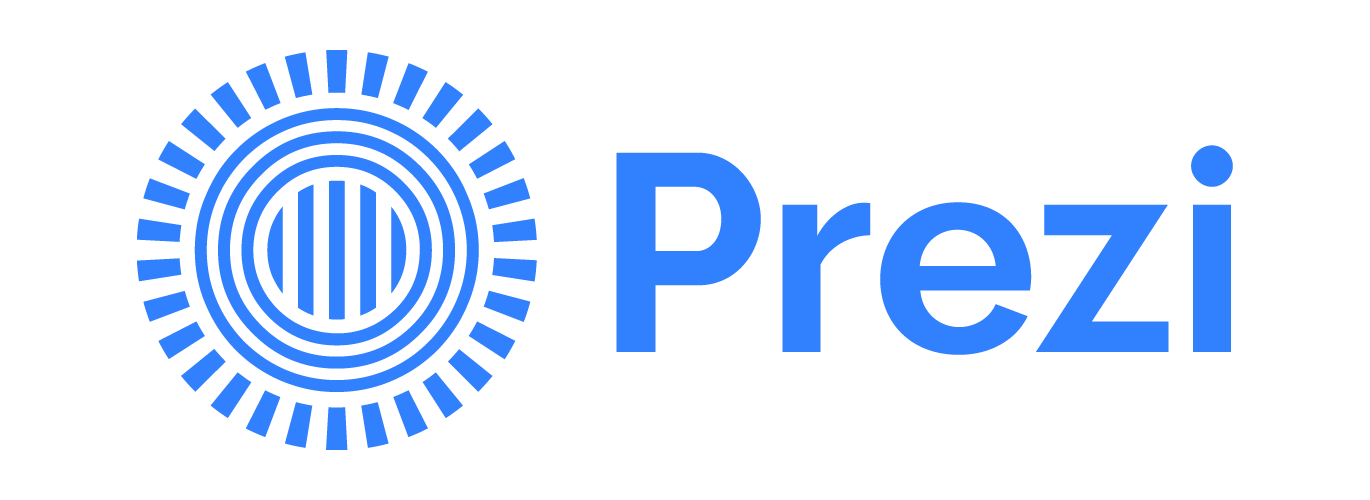Testing prototypes along the fidelity range
At Prezi, I was tasked with a particularly complex problem: designing for team collaboration. This was a complex challenge in forming a single user journey across multiple roles and team-based needs. We needed to support different users working together in a wide range of contexts, which meant our research had to go beyond individual user flows and test with entire groups.

The real challenge was making sure we were learning about the value of our ideas as early and efficiently as possible. To meet this goal, my designer partner and I developed a new process. We learned to match the fidelity of our prototypes directly to the questions we were trying to answer, from simple paper sketches for testing value to high-fidelity code for validating usability. This process was a direct result of my close collaboration with a designer partner. We pair designed to redefine our approach, proving that effective design and discovery are a team sport.

During this time I learned a lot on what is the best fidelity to test, and how to design tests and prototypes together to maximize learning. Part of this was to understand how the difference between fidelities affects preparation for tests, and what could be potential learning outcomes. Another insight was on how to create different prototypes, for example at one point I recreated our click-through mockups in Bootstrap, learning how to do it over 3 weekends.

I synthesized these insights into a conference talk on prototyping at the UxLx conference, but the real takeaway was more profound: by making our testing and prototyping more deliberate and strategic, we elevated our entire design practice. This experience is core to my belief in the power of grounded, insight-driven product decisions.
